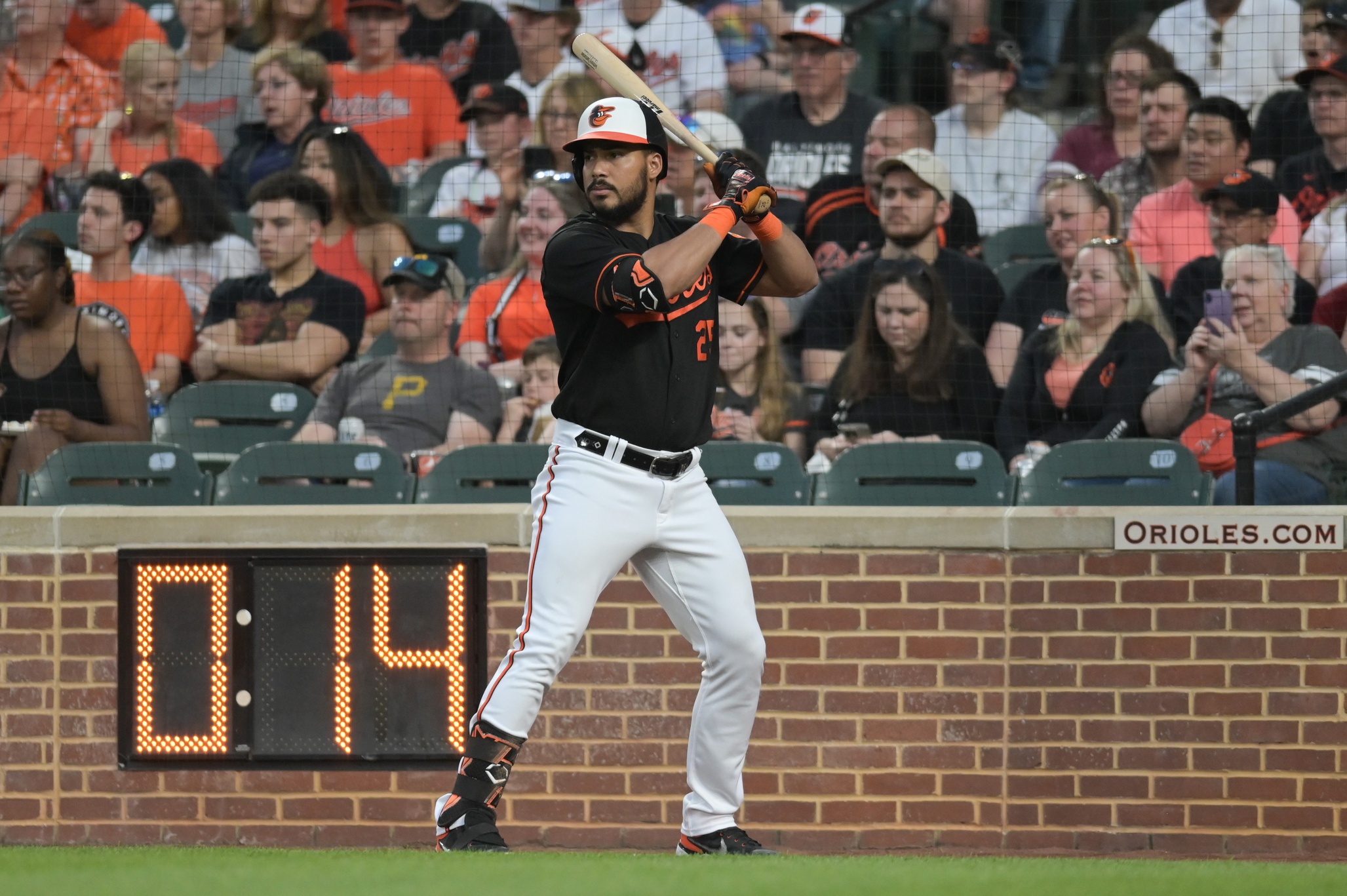There was a great focus on the new rule changes for MLB this past offseason and their impact on the game. The main spotlight was placed on the addition of a pitch clock. Implemented mainly to shorten the game with the hopes of drawing in more fans, this alteration seems to have done its job. However, have the new rules made an additional impact on America’s pastime in their inaugural season?
Observing MLB New Rules This Season
Game Length and Attendance
First, games are shorter in 2023. The average game in 2022 was a little over three hours long. In 2023, games average slightly more than two and a half hours long. Consequently, this has resulted in increased attendance throughout the league. Overall, the average attendance per game in 2022 was 26,141. So far in 2023, the average is up over 9% to 28,636 per game.
Offense
Secondary to game length and attendance, the other goal of implementing changes such as the pitch clock was to increase offense. Even if the games were shorter, Major League Baseball needed to draw in more fans by making the game more exciting. If pitchers have less time to contemplate their next pitch, they are more likely to make mistakes, thus, resulting in more hits. The question is, has there been a drastic increase in the offense?
Although not eye-catching, there has been a slight increase in many offensive categories across baseball. Runs per game have increased from 4.28 in 2022 to 4.59 this year. The batting average is up slightly from .243 in 2022 to .248 in 2023. However, these are only slight differences. In 2019, the league batting average was .252 and runs per game were 4.83. Offensive categories tend to fluctuate from year to year, so these are not necessarily significant differences of note.
Stolen Bases
There has been one offensive category that has surged; stolen bases. Many saw the steal as becoming less a part of the game, but this season has proven otherwise. Along with the pitch clock, the league has changed a rule that makes checking on a runner became less frequent. Starting this season, pitchers are allowed to disengage from the batter only twice per plate appearance. In other words, the pitcher can attempt a pick-off or step of the rubber a maximum of two times per batter. This has resulted in both an increase in steals per game and stolen base percentage.
From 2018-2022, the average number of steals per game across baseball was .488. That number has increased to an astounding .717 steals per game. This uptick of .229 steals per game may seem like a small change, but throughout 4,860 games played every year (30 teams, 162 games per team), that amounts to an additional 1,112 yearly steals. The stolen base success rate has also increased to 79.5%, up from the average of 74.3% from 2018-2022. Runners have taken full advantage of the rule changes.
Change is Necessary
In the end, the new rule changes have been good for Major League Baseball. The pitch clock has made games shorter but filled with excitement resulting in increased attendance. Stolen bases have seen a steep increase as runners are taking carte blanche on the base paths by not having to worry about so many pick-off attempts. Over the next few years, perhaps there will be more alterations to the rule book. Some may work out well and become an integral part of the game, such as the designated hitter rule. Those refinements that do not help the game can always be scrapped or rethought. No matter the case, rule changes are necessary for baseball not only to grow but to survive.
Photo Credit: © Tommy Gilligan-USA TODAY Sports






